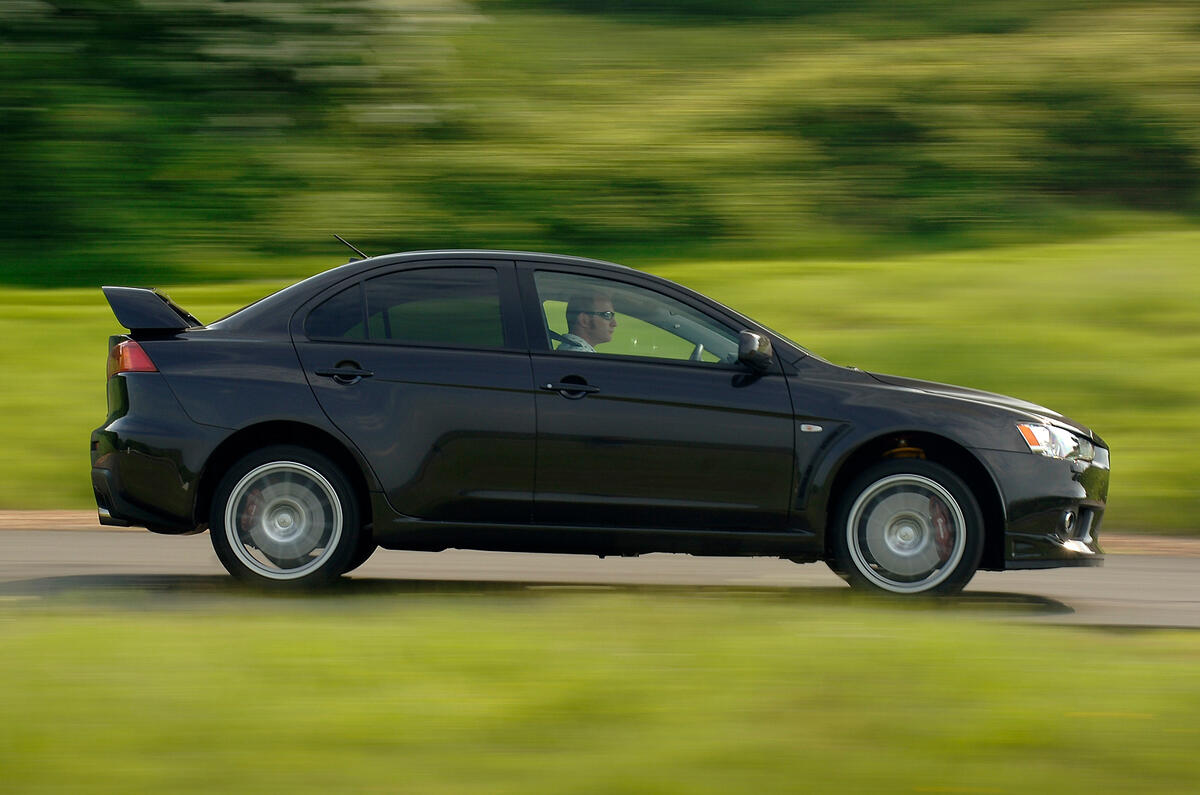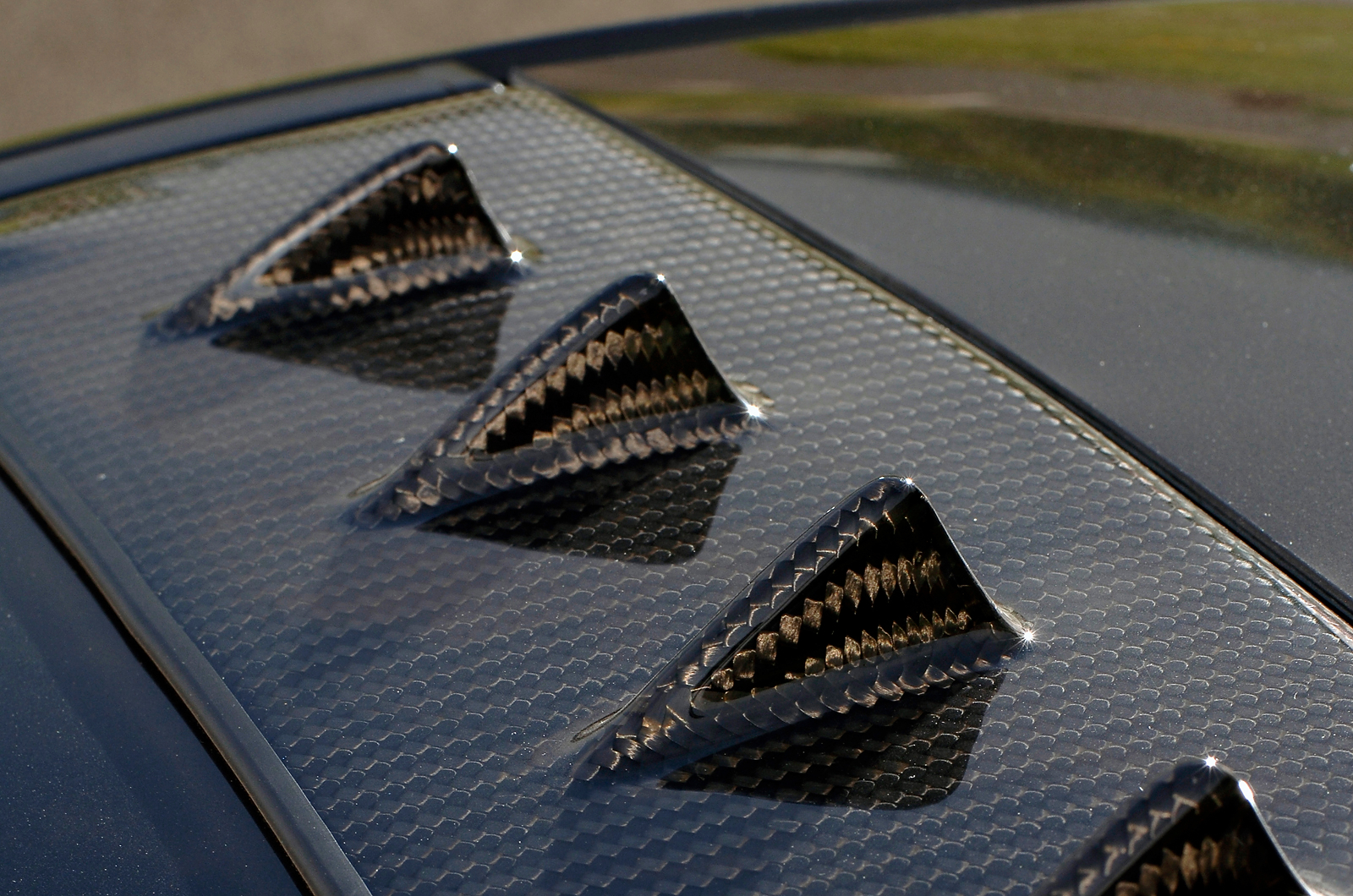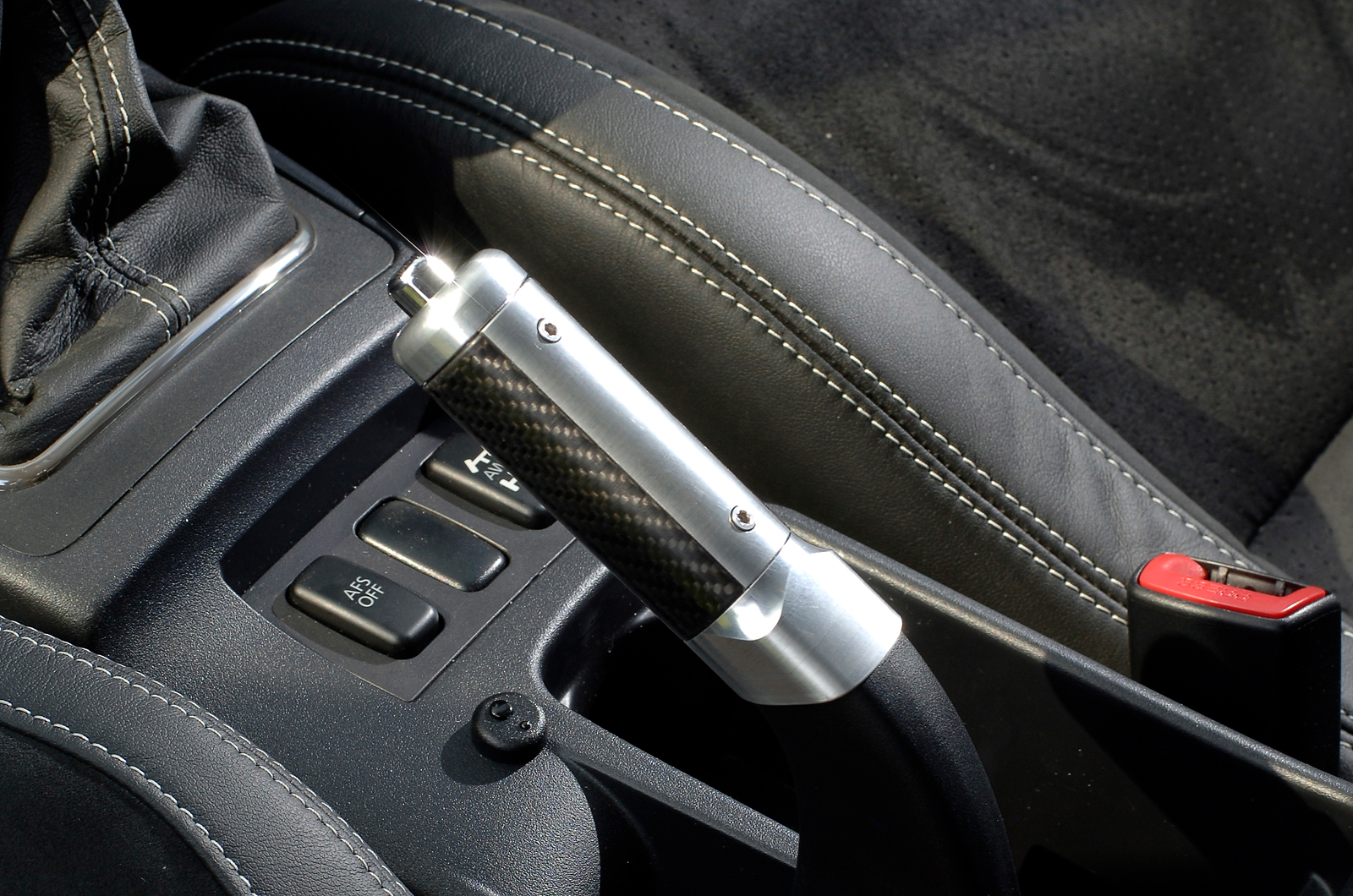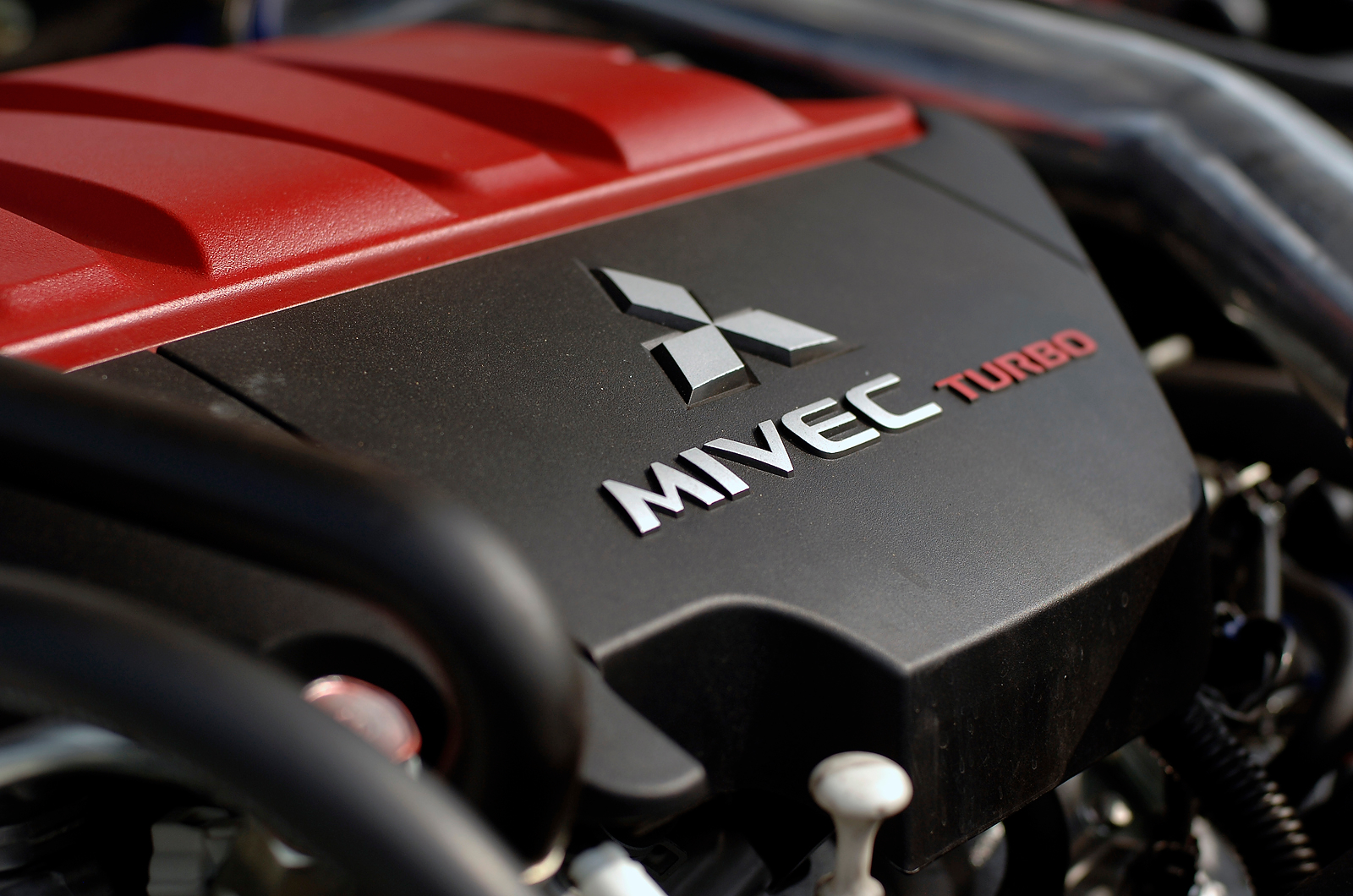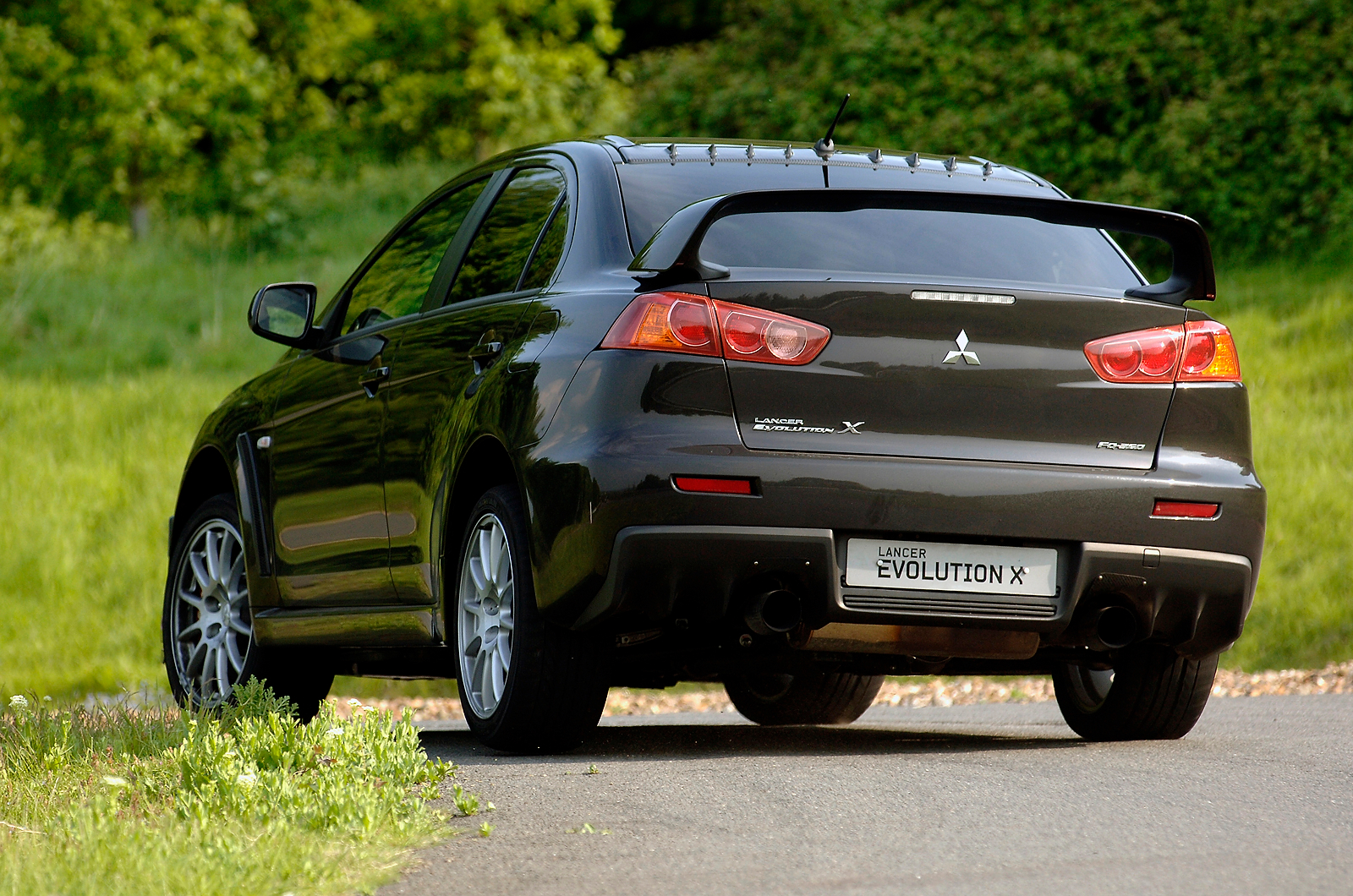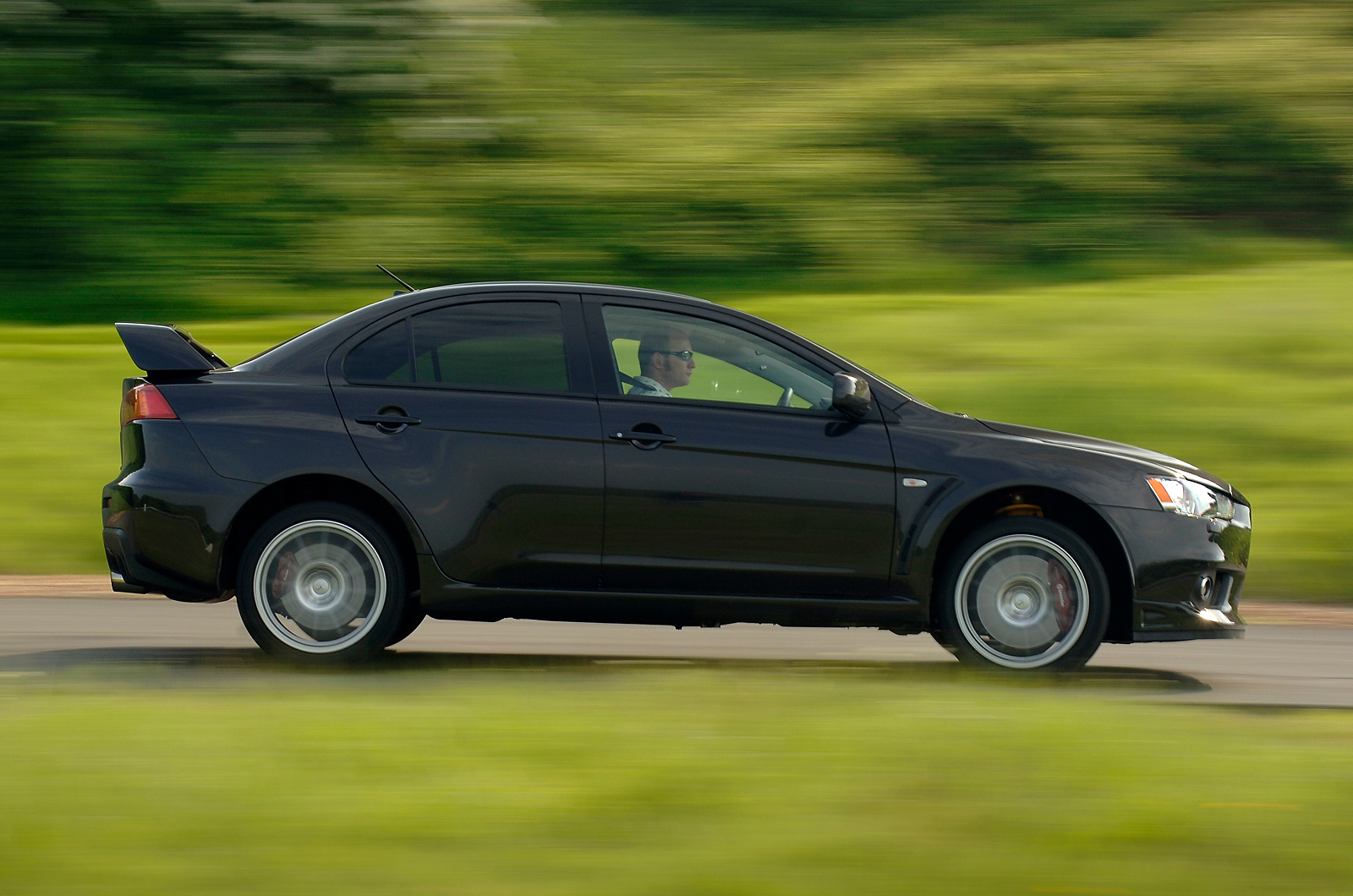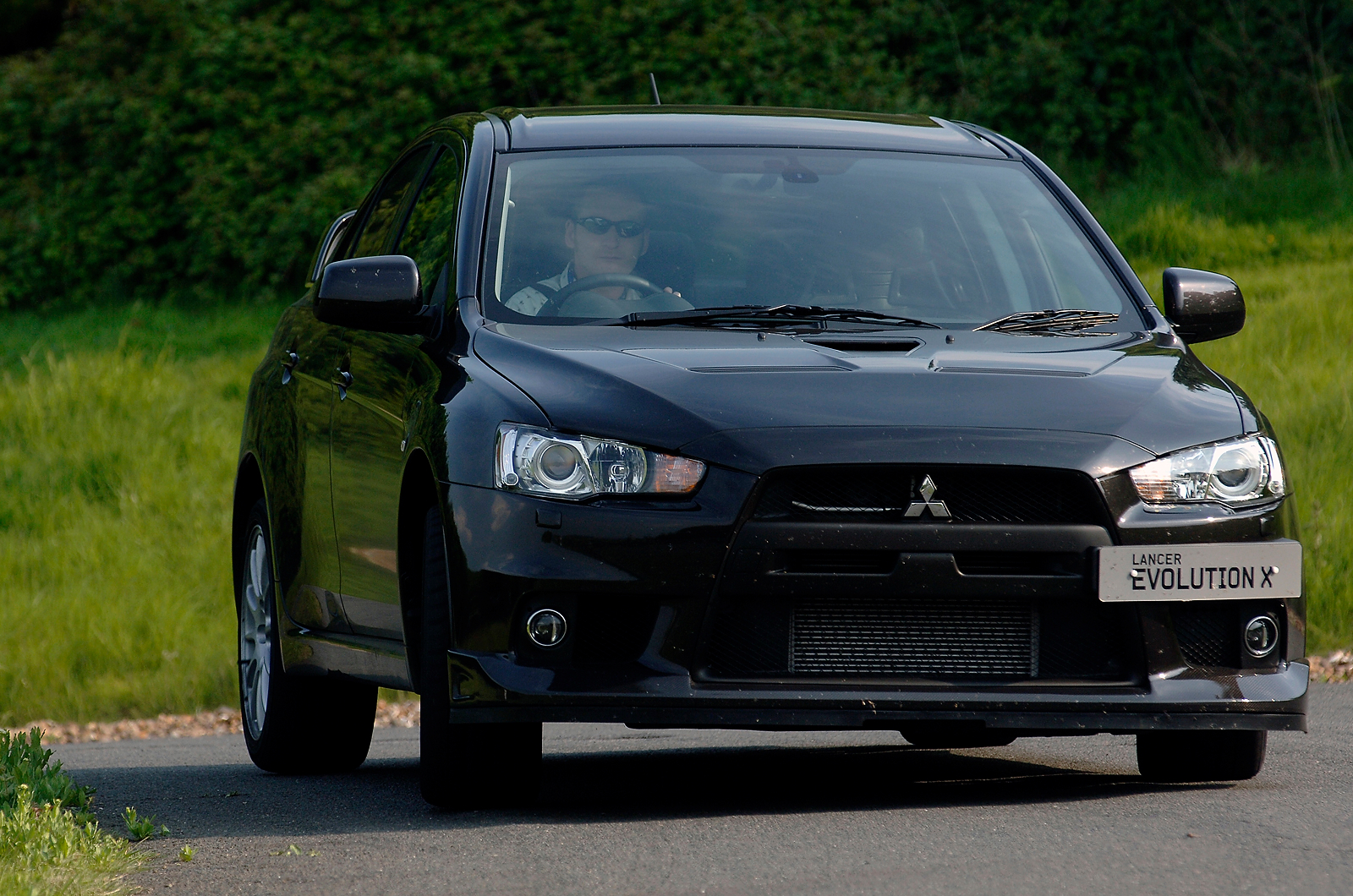It’s a strange coincidence that, after more than 10 years of simultaneous development, both the Subaru Impreza and the Mitsubishi Evo should go through such major model changes at the same time. The Impreza has gone from saloon to hatchback (and then to both), just as the Lancer saloon (from which the Evolution is derived) goes into its ninth generation since 1973. And both these Japanese rally refugees are further removed from their base models than ever – the Impreza nameplate has been dropped for hot Subarus and the standard Lancer is no longer sold in the UK.
The Evo, conceived as a rally homologation model for the faster-paced world of motorsport, is here notching only its 10th iteration since 1992. Perhaps the fascination with rally replicas is not what it once was, however. When Mitsubishi executives talk about rivals for the Evo, there’s almost an air of resignation about the inevitability of its comparison with the Subaru WRX STi. They now think, “Our car shapes up to the likes of premium German brands.” And that’s a taller order. It’s certainly moved upmarket in terms of its perceived quality and comfort, but just how good is the Evolution X?



